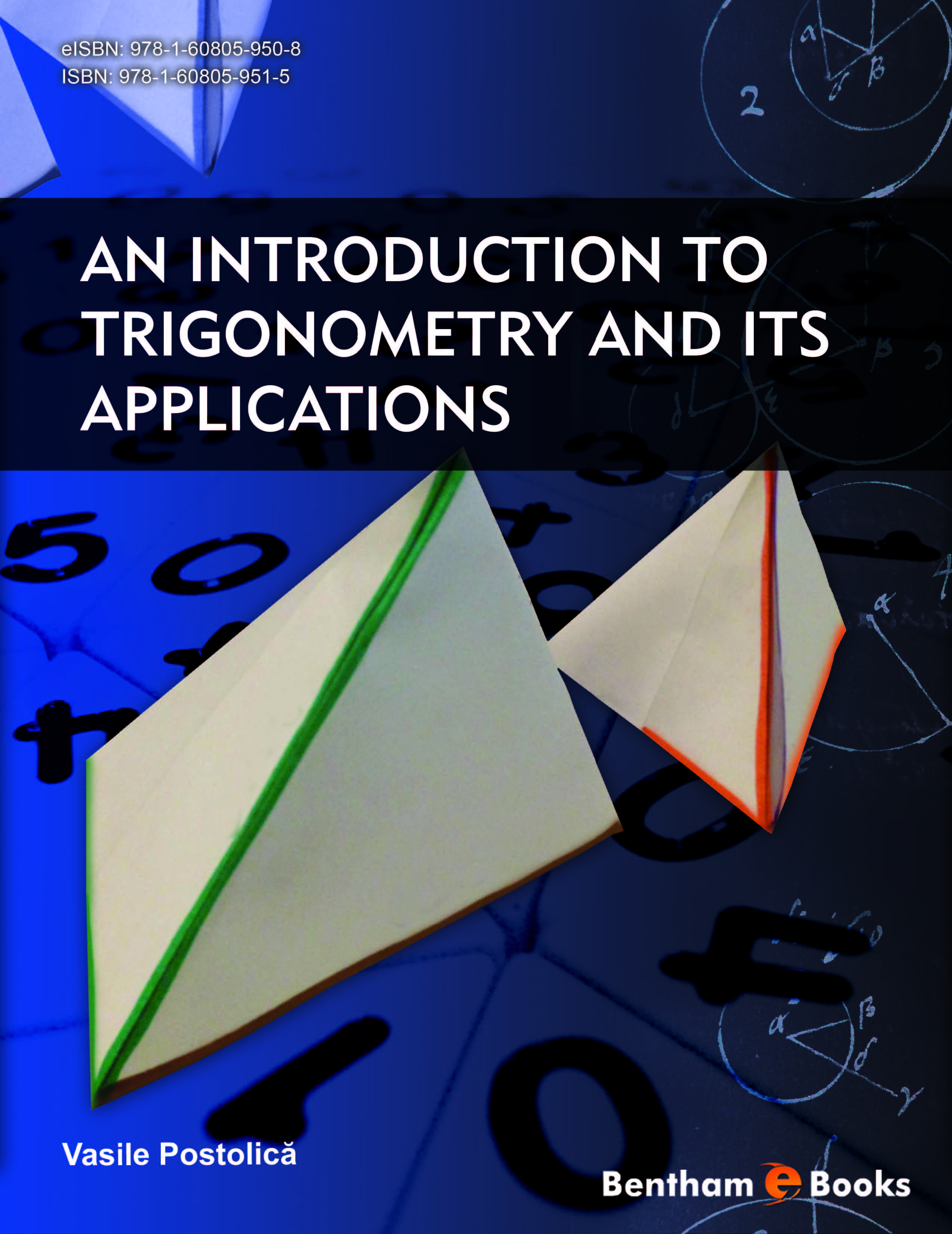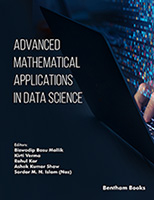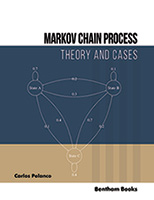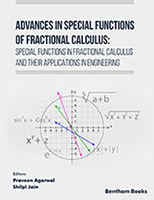Introduction
An Introduction to Trigonometry and its Applications presents a systematic approach to explain trigonometry concepts and applications. The textbook introduces readers to set theory and progresses to explaining different functions using an ensemble structure composed of real analysis and axiomatic fundaments of geometry.
Readers of this book will be able to learn about:
-Sets (including basic set theory and relationships between real number sets)
-Real functions of real arguments (from surjective functions to continuous functions)
-Vectors and associated axioms
-Trigonometry functions and inverse restrictions
-Applications of trigonometric functions
An Introduction to Trigonometry and its Applications presents definitions, properties, formulae, concepts and applications in a clear and concise manner making it a pertinent introduction for the high school students, university students, mathematics teachers and anyone who is interested in the major elements that make up the essence of trigonometry and associated functions.





